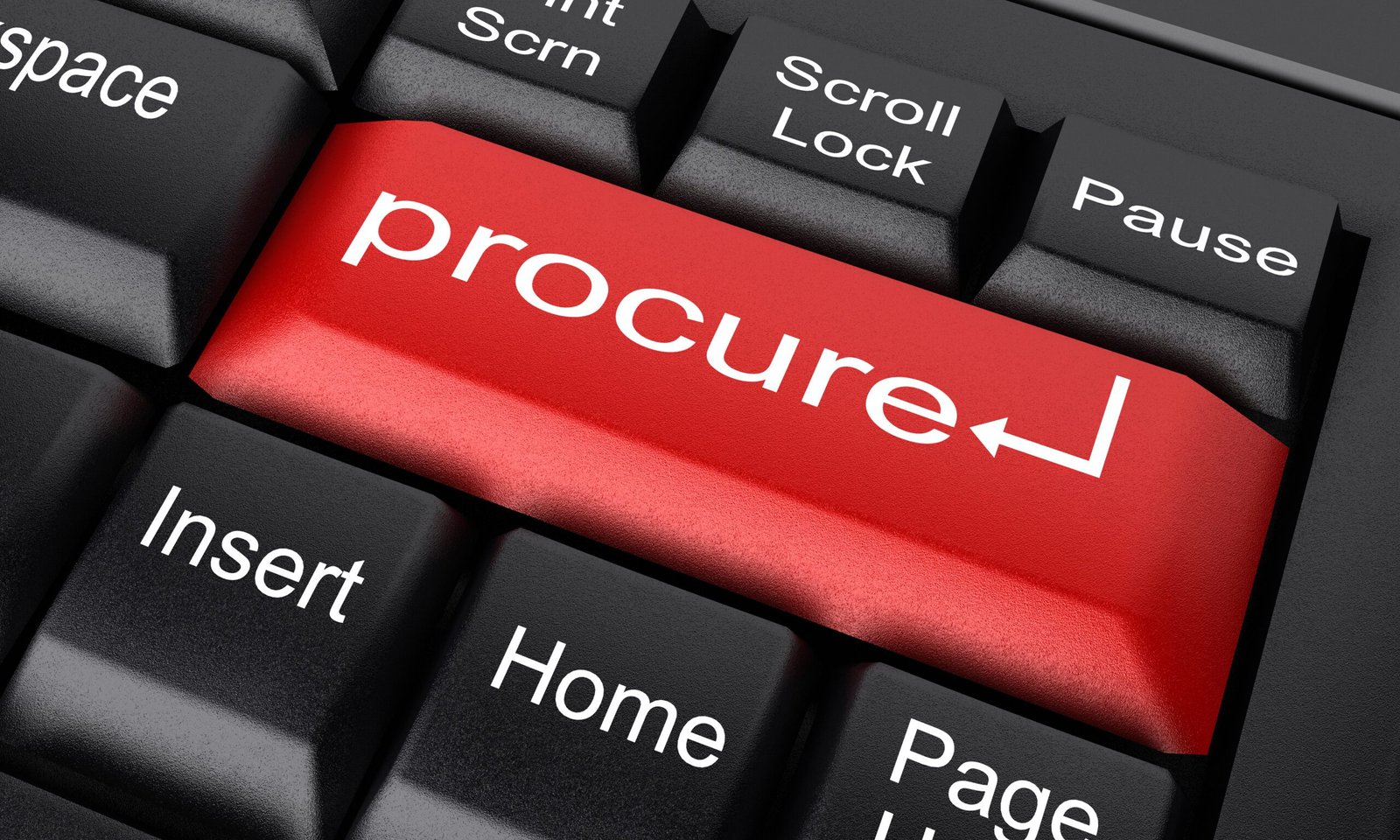A Source-to-Pay (S2P) dashboard is a powerful tool for managing the procurement lifecycle, from supplier sourcing to payment processing. By consolidating and visualizing key metrics, the dashboard enhances efficiency, reduces costs, and improves supplier relationships. Additionally, features like signature tracking and workflow bottleneck identification make S2P dashboards indispensable for modern businesses.
1. End-to-End Visibility Across the Procurement Process
- Why It’s Important: The S2P dashboard consolidates data from every stage of procurement, providing a complete overview of sourcing, purchasing, and payment activities.
- Benefits:
- Monitor the status of sourcing events, purchase orders, invoices, and payments.
- Ensure visibility into pending approvals and completed steps.
- Identify delays or issues in real-time for quick resolution.
2. Improved Supplier Relationship Management
- Why It’s Important: The dashboard tracks supplier performance metrics, enabling organizations to assess reliability and strengthen partnerships.
- Key Metrics:
- Supplier on-time delivery rate.
- Percentage of orders fulfilled accurately.
- Average lead times for order fulfillment.
- Benefits:
- Identify high-performing suppliers and reward them with long-term contracts.
- Address performance issues with underperforming vendors.
- Use supplier performance data to negotiate better terms.
3. Enhanced Cost Control and Savings
- Why It’s Important: Real-time visibility into procurement costs helps businesses manage budgets effectively and identify savings opportunities.
- Key Insights:
- Procurement spend by category, supplier, or region.
- Variances between purchase order amounts and final invoices.
- Savings achieved through strategic sourcing initiatives.
- Benefits:
- Avoid overspending by adhering to budgets.
- Highlight cost-saving opportunities through volume discounts or alternative suppliers.
- Identify duplicate or unnecessary orders.
4. Better Compliance and Risk Management
- Why It’s Important: S2P dashboards ensure adherence to policies and regulatory requirements throughout the procurement process.
- Key Features:
- Signature Tracking: Monitor the approval chain to ensure proper authorization at every step.
- Track missing or delayed signatures that may stall procurement workflows.
- Maintain an audit trail for compliance and accountability.
- Contract and policy adherence monitoring.
- Signature Tracking: Monitor the approval chain to ensure proper authorization at every step.
- Benefits:
- Reduce fraud risks with transparent signature tracking.
- Ensure compliance with supplier agreements and industry regulations.
- Prepare for audits with detailed approval and transaction histories.
5. Streamlined Workflow and Automation
- Why It’s Important: The S2P dashboard integrates with ERP and procurement systems to automate repetitive tasks and streamline workflows.
- Key Features:
- Automated tracking of purchase orders, invoices, and payments.
- Alerts for pending approvals, overdue invoices, or missing documents.
- Integration with supplier portals for real-time updates.
- Workflow Bottleneck Identification:
- Highlight stages in the workflow where tasks are delayed (e.g., approvals, invoice matching).
- Provide visibility into why bottlenecks occur, such as missing documents, delayed signatures, or supplier issues.
- Benefits:
- Accelerate the procurement lifecycle by resolving delays quickly.
- Enhance collaboration among teams with clear task assignments.
- Minimize risks of late payments or missed sourcing opportunities.
6. Real-Time Monitoring for Agile Decision-Making
- Why It’s Important: S2P dashboards provide real-time data to empower faster, more informed decisions.
- Key Metrics:
- Open purchase orders and aging timelines.
- Invoice payment status (e.g., pending, approved, or overdue).
- Savings realized vs. sourcing goals.
- Benefits:
- Quickly address overdue payments or delayed deliveries.
- Optimize supplier performance based on real-time data.
- Adapt sourcing strategies to align with business goals.
7. Improved Collaboration Across Departments
- Why It’s Important: The dashboard centralizes procurement data, promoting transparency and collaboration between procurement, finance, and operations teams.
- Benefits:
- Finance teams can track invoice approvals and payment schedules.
- Procurement teams can monitor supplier performance and sourcing events.
- Operations teams can ensure that inventory and resources align with procurement timelines.
8. Key Metrics in an S2P Dashboard
An effective S2P dashboard tracks metrics across multiple stages of the process:
- Sourcing:
- Number of active sourcing events.
- Supplier bid analysis and selection rates.
- Total savings from sourcing activities.
- Procurement:
- Total purchase orders created and approved.
- Open purchase orders and their aging.
- Procurement spend by category or supplier.
- Payments:
- Invoice aging and payment status.
- Percentage of invoices matched to purchase orders.
- Early payment discounts realized.
9. Examples of S2P Dashboard Use Cases
Retail Industry:
A retail chain uses an S2P dashboard to track supplier performance and bulk seasonal purchases. By monitoring workflow bottlenecks, they ensure timely delivery of inventory for peak sales periods.
Manufacturing Industry:
A manufacturing company tracks raw material sourcing, procurement costs, and supplier compliance through an S2P dashboard. The system identifies delays in material delivery, allowing teams to resolve issues proactively.
Healthcare Sector:
A hospital monitors the sourcing and procurement of critical medical supplies. The dashboard provides real-time alerts for overdue approvals and ensures compliance with supplier contracts.
10. Best Practices for S2P Dashboards
- Integrate with ERP Systems:
- Ensure seamless data flow from systems like SAP, Oracle, or Microsoft Dynamics.
- Automate Alerts and Notifications:
- Set up notifications for missing signatures, overdue invoices, or unresolved bottlenecks.
- Focus on Workflow Transparency:
- Use visualizations like flowcharts or Kanban boards to track procurement stages.
- Prioritize Usability:
- Design dashboards with intuitive filters and user-friendly interfaces.
Conclusion
A Source-to-Pay (S2P) dashboard is a critical asset for businesses looking to streamline procurement processes, enhance collaboration, and optimize costs. With features like real-time monitoring, workflow bottleneck identification, and signature tracking, it ensures efficiency and transparency throughout the procurement lifecycle. By adopting an S2P dashboard, businesses can make smarter decisions, improve supplier relationships, and drive sustainable growth.



